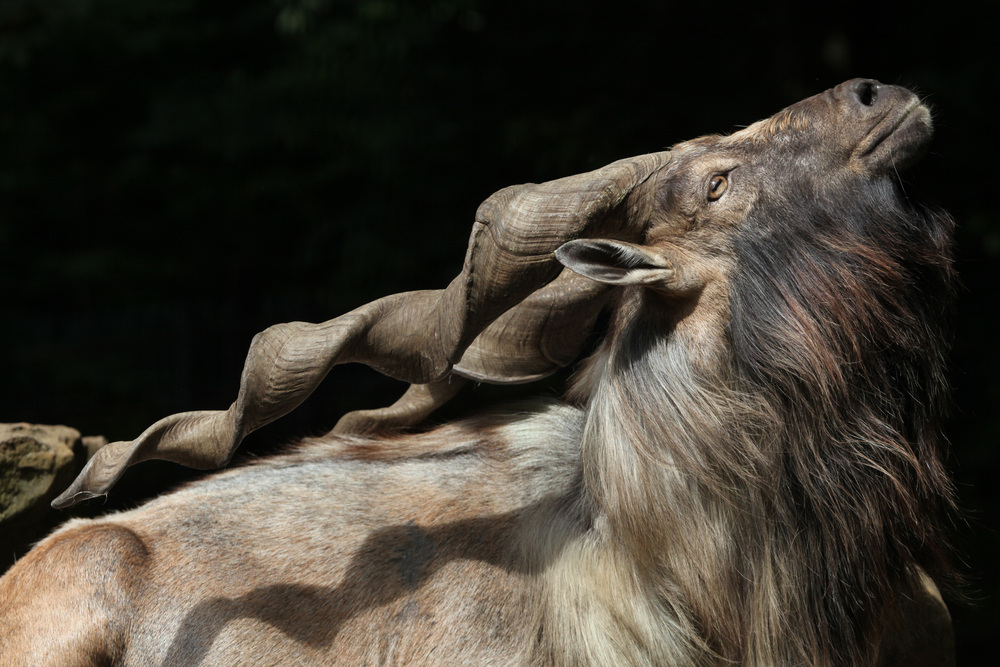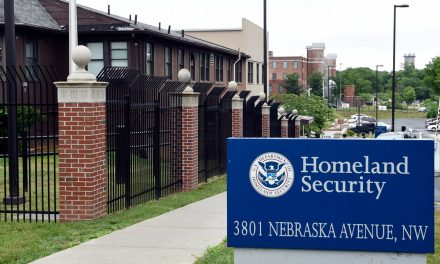Trophy Hunting in Pakistan
A video posted on social media shows trophy hunter Bryan Kinsel Harlan killing a rare mountain goat in Pakistan. The video depicts Harlan climbing mountains in Pakistan’s northern Gilgit region with guides. There is footage of him shooting the goat, called a markhor, and high-fiving guides. He then holds the dead goat up by its horns and poses with it for photos. (1, 2)
Harlan paid more than $110,000 in permits and fees to shoot the markhor. He is from Texas. (3)
In an interview with Pakistani paper The Dawn, Harlan said, “It was an easy and close shot, and I am pleased to take this trophy.” (4)
RELATED STORY:
Outraged reactions poured in on the comments section of the video on Facebook. Commenters regarded the killing of the goat as cruel and questioning why he chose to kill the animal instead of just giving the money to conservation groups. (1)
US citizen #BryanHarlan who hunted an AstoreMarkhor few days ago at GB has said that Pakistan is more peaceful country than Mexico. if govt of Pak govt could put some investment in to tourism sector they could do great for this beautiful country.
Thank you #BryanKinselHarlan pic.twitter.com/91rd3rjghZ— Tanveer Ahmed (@Mountain_Man007) February 7, 2019
Rare Mountain Goat
The markhor is the national animal of Pakistan. It is also native to India and Afghanistan. It has long been a favorite with hunters because of its horns, which are twisted and can grow up to five feet. (3)
The markhor population has been declining for decades. It has been threatened by deforestation, military activities, poaching by locals for meat, and trophy hunting for their horns. In 2011, there were only about 2,500 markhors remaining. They were classified as endangered until 2015. (3)
RELATED STORY:
Conservation Efforts
To save the markhors, conservation efforts were made. India designated five sanctuaries for them. Pakistan banned local hunting of the markhor but allowed foreign hunters to shoot up to 12 markhors a year in community conservation areas like the one in Gilgit. (3)
The fees that these foreign hunters pay are distributed to local impoverished communities. They receive 80% of the funds, while the other 20% goes to government wildlife agencies. Locals also earn income as hunting guides and hosts for foreign hunters. (3)
To encourage trophy hunting of markhors as a conservation effort, the U.S. Fish and Wildlife Service upgraded its classification from “endangered” to “threatened”. This reclassification allows hunters to bring back the markhors’ horns as trophies to the United States. (3)
The conservation effort seems to be working, as the markhors’ population is growing. The International Union for the Conservation of Nature estimates that there are now 5,700 markhors. The organization changed the markhors’ designation to “near-threatened” in 2015. (2, 3)
Tabarak Ullah, who was a hunting guide on Harlan’s expedition, said that the funds from these hunts pay for education and healthcare in local communities. They also fund species preservation. (3)
RELATED STORY:
“This is not just about hunting,” Ullah said in an interview with The Washington Post. “The number of animals is increasing, and these foreign hunters are millionaires who go back and tell the world that Pakistan is safe.” (3)
Ullah said that tourism greatly decreased after the September 11, 2001 attacks. He continued, “Now, more and more tourists are coming.” (3)
In another video of Harlan, the hunter expressed feeling welcomed in Pakistan. He encouraged other tourists to visit the country, saying that it was a safe place to visit. (2, 3)
*Article originally appeared at Healthy Holistic Living. Reposted with permission.












